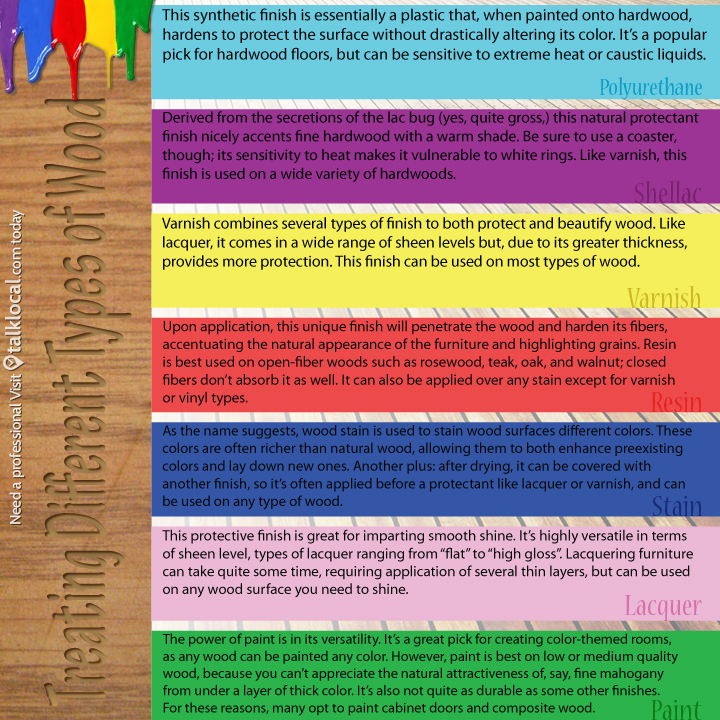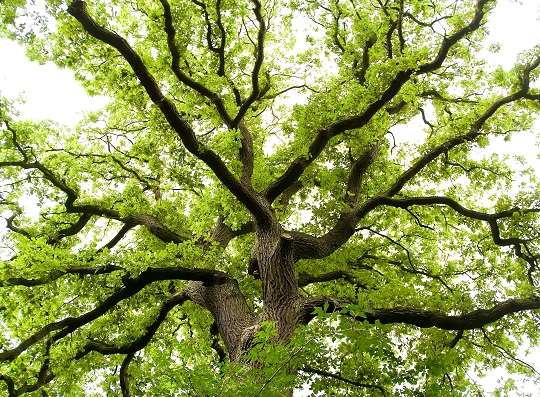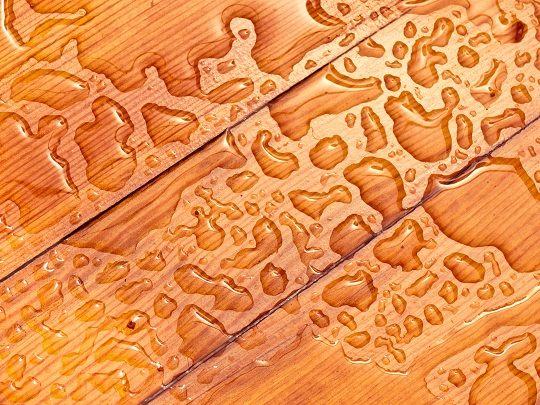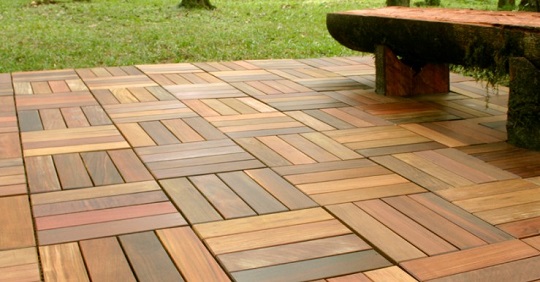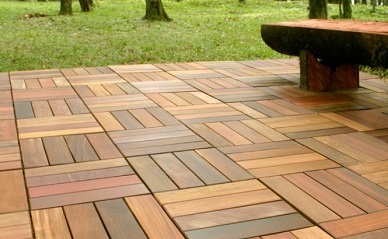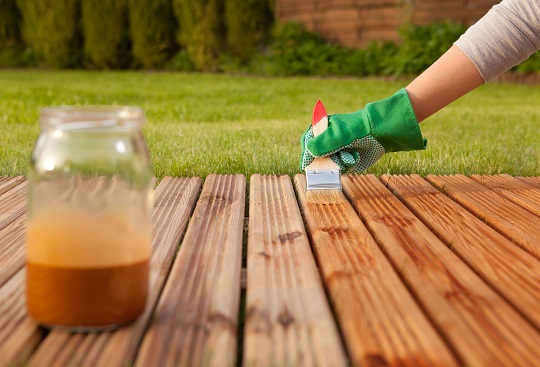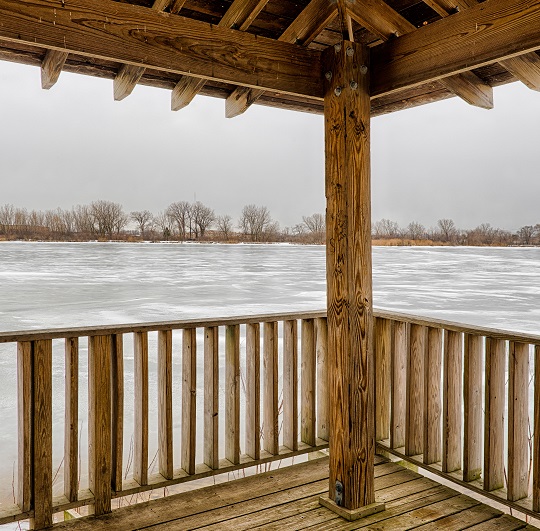A pristine piece of wooden furniture is a rare opportunity to pick a finish that both screams class and withstands the elements. It’s a bit of work to do right, but as we all know, well-treated wood is a beautiful thing, so your fresh (or freshly stripped) furniture only deserves the best wood finish. Educate yourself on the uses of all the different types of finish with this final installment in our finish guide (we’ve also covered finish maintenance and DIY refinishing).
Finish tends to be flexible so, for the most part, your only constraints are how intensely the furniture will be used and what kind of atmosphere you wish to create. Let’s run through the different types of finish and what they’re good for.
– Paint: The power of paint is in its versatility. It’s a great pick for creating color-themed rooms, as any wood can be painted any color. However, paint is best used on low or medium quality wood, simply because you can’t appreciate the natural attractiveness of, say, fine mahogany from under a layer of thick color. It’s also not quite as durable as some other finishes. For these reasons, many opt to paint cabinet doors and composite wood.
– Lacquer: This protective finish is great for imparting smooth shine. It’s highly versatile in terms of sheen level, types of lacquer ranging from “flat” to “high gloss”. Lacquering furniture can take quite some time, requiring application of several thin layers, but can be used on any wood surface you need to shine.
– Stain: As the name suggests, wood stain is used to stain wood surfaces different colors. These colors are often richer than natural wood, allowing them to both enhance preexisting colors and lay down new ones. Another plus: after drying, it can be covered with another finish, so it’s often applied before a protectant like lacquer or varnish, and can be used on any type of wood.
– Resin: Upon application, this unique finish will penetrate the wood and harden its fibers, accentuating the natural appearance of the furniture and highlighting grains. Resin is best used on open-fiber woods such as rosewood, teak, oak, and walnut; closed fibers don’t absorb resin as well. It can also be applied over any stain except for varnish or vinyl types.
– Varnish: Varnish combines several types of finish to both protect and beautify wood. Like lacquer, it comes in a wide range of sheen levels but, due to its greater thickness, provides more protection. This finish can be used on most types of wood.
– Shellac: Derived from the secretions of the lac bug (yes, quite gross,) this natural protective finish nicely accents fine hardwood with a warm shade. Be sure to use a coaster, though; its sensitivity to heat makes it vulnerable to white rings. Like varnish, this finish is used on a wide variety of hardwoods.
– Polyurethane: This synthetic finish is essentially a plastic that, when painted onto hardwood, hardens to protect the surface without drastically altering its color. It’s a popular pick for hardwood floors, but can be sensitive to extreme heat or caustic liquids.
Start your DIY furniture refinishing project off right with this simple guide but if you’re short on time or far from a hardware store, take a break with TalkLocal. Our unique and speedy system will hook you up with the perfect furniture upholsterer for your needs and schedule – for free! Save both time and money so you can soon plan for a party and show off your fabulous wooden furniture.

